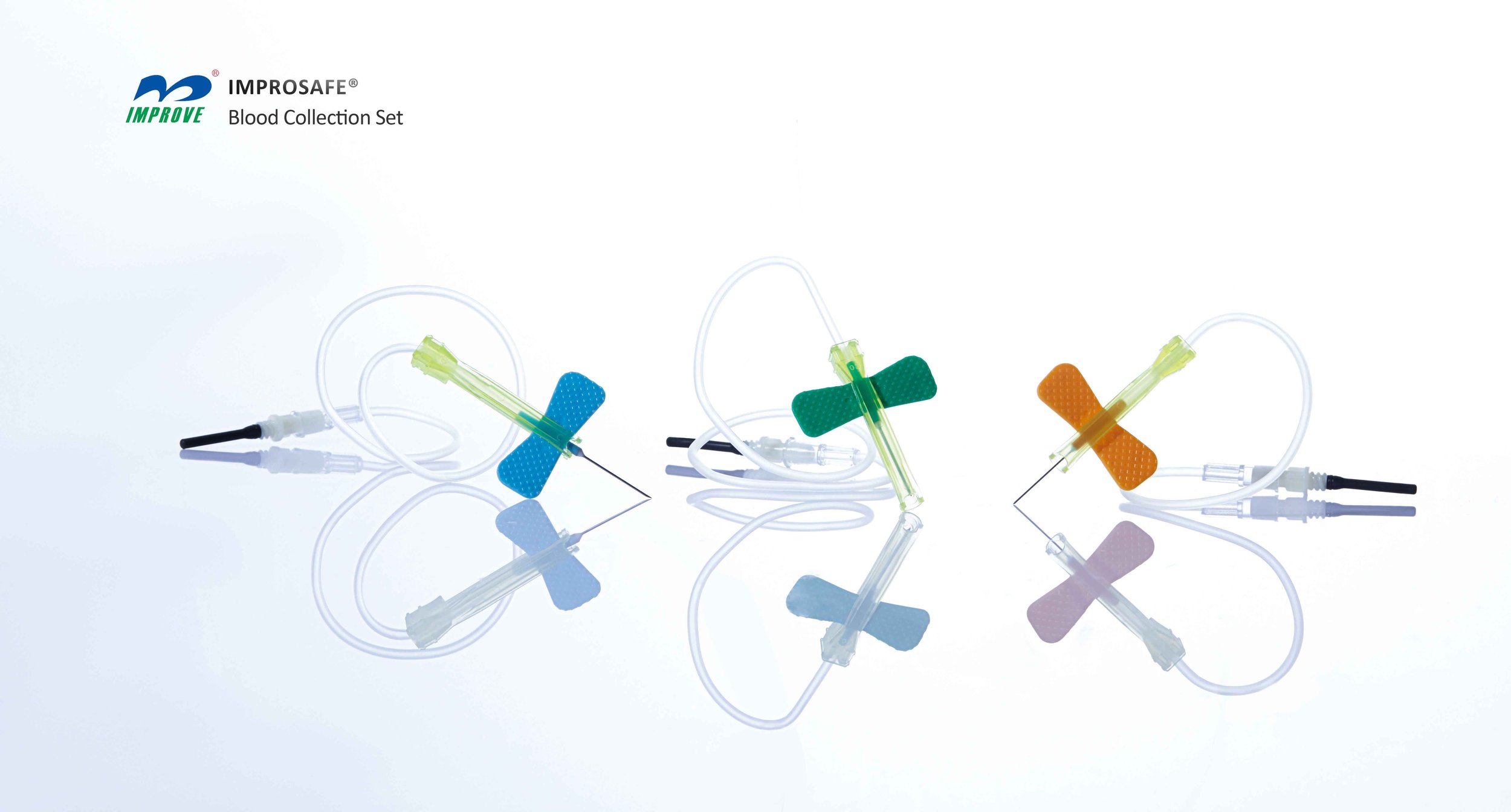Addressing Workforce Shortages in Phlebotomy: Strategies for Improving Patient Care and Lab Efficiency
Summary
- Shortages in the phlebotomy workforce can lead to delays in patient care and longer wait times for Test Results.
- These shortages can also result in increased stress for lab staff and potential errors in specimen collection and processing.
- Efforts to address these workforce shortages include the expansion of phlebotomy training programs and the use of technology to improve efficiency in the lab.
The Importance of Phlebotomy in Medical Laboratories
Phlebotomy, the practice of drawing blood from patients for diagnostic testing, is a crucial part of the healthcare system. This process allows Healthcare Providers to collect blood samples for a wide range of tests, including blood counts, cholesterol levels, and glucose monitoring. Phlebotomists play a vital role in ensuring that these samples are collected accurately and safely, as any errors in collection can lead to misdiagnosis and improper treatment.
Role of Phlebotomists in Patient Care
Phlebotomists are often the first point of contact for patients in the healthcare setting. They must possess strong communication skills to help patients feel comfortable and at ease during the blood draw process. Additionally, phlebotomists must follow strict protocols to ensure the accuracy and integrity of the samples collected, as these samples are used to make important healthcare decisions.
Impact of Workforce Shortages
Unfortunately, there is currently a shortage of qualified phlebotomists in the United States. This shortage can have a significant impact on patient care and overall efficiency within medical laboratories. Some of the key impacts of these shortages include:
- Delays in patient care: Shortages in the phlebotomy workforce can lead to longer wait times for patients needing blood tests. This delay can result in a backlog of samples in the lab and delays in diagnosis and treatment.
- Increased stress for lab staff: With fewer phlebotomists available to collect blood samples, lab staff may experience increased stress and burnout. This can lead to errors in specimen collection and processing, compromising the quality of Test Results.
- Decreased efficiency in the lab: Shortages in the phlebotomy workforce can also impact the efficiency of the lab as a whole. When there are not enough phlebotomists available to collect samples, other lab technicians may be required to take on additional responsibilities, leading to inefficiencies in the Workflow.
Addressing Workforce Shortages in Phlebotomy
Efforts are underway to address the workforce shortages in phlebotomy and improve patient care and efficiency within medical laboratories. Some of the key strategies being employed include:
Expanding Phlebotomy Training Programs
One solution to the phlebotomy workforce shortage is to expand training programs to increase the number of qualified phlebotomists entering the field. By offering more Training Opportunities, healthcare organizations can help address the shortage and ensure that there are enough phlebotomists available to meet the growing demand for blood tests.
Utilizing Technology to Improve Efficiency
Another strategy to address workforce shortages in phlebotomy is to utilize technology to improve efficiency in the lab. Automated specimen collection systems and Electronic Health Records can help streamline the blood draw process and reduce the burden on phlebotomists. These technologies can also help reduce errors in specimen collection and processing, improving the overall quality of Test Results.
Collaboration Among Healthcare Organizations
Collaboration among healthcare organizations is key to addressing workforce shortages in phlebotomy. By working together, organizations can share resources and best practices to help meet the demand for blood tests and improve patient care. This collaboration can also help identify areas of need and develop targeted solutions to address workforce shortages in the field of phlebotomy.
Conclusion
Shortages in the phlebotomy workforce can have a significant impact on patient care and overall efficiency within medical laboratories in the United States. By expanding training programs, utilizing technology, and promoting collaboration among healthcare organizations, we can work to address these shortages and ensure that patients receive the timely and accurate Test Results they need for proper diagnosis and treatment.

Disclaimer: The content provided on this blog is for informational purposes only, reflecting the personal opinions and insights of the author(s) on the topics. The information provided should not be used for diagnosing or treating a health problem or disease, and those seeking personal medical advice should consult with a licensed physician. Always seek the advice of your doctor or other qualified health provider regarding a medical condition. Never disregard professional medical advice or delay in seeking it because of something you have read on this website. If you think you may have a medical emergency, call 911 or go to the nearest emergency room immediately. No physician-patient relationship is created by this web site or its use. No contributors to this web site make any representations, express or implied, with respect to the information provided herein or to its use. While we strive to share accurate and up-to-date information, we cannot guarantee the completeness, reliability, or accuracy of the content. The blog may also include links to external websites and resources for the convenience of our readers. Please note that linking to other sites does not imply endorsement of their content, practices, or services by us. Readers should use their discretion and judgment while exploring any external links and resources mentioned on this blog.
